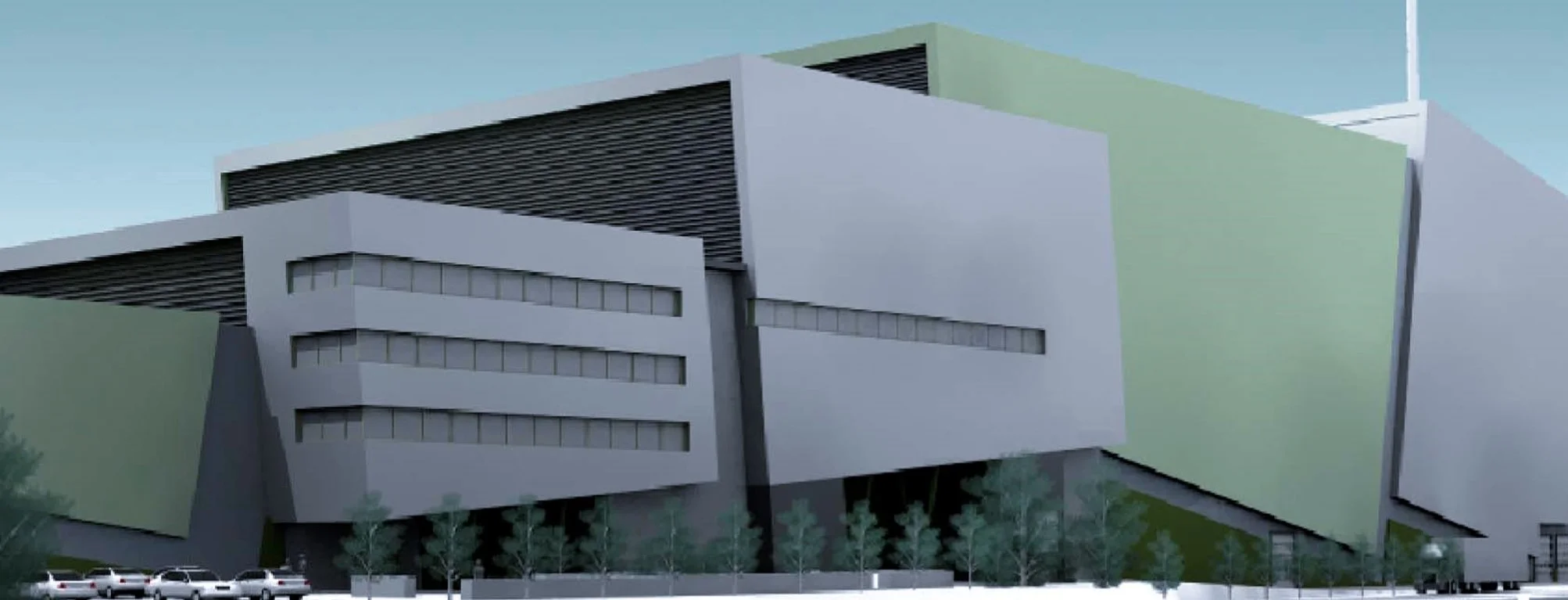UBB Sets Out the Facts About Recovering Energy from Waste
/A lot of information has been published recently about the proposed Energy from Waste facility at the Javelin Park site, Junction 12 of the M5. Urbaser Balfour Beatty (UBB), who has been charged with the delivery of the Gloucestershire Residual Waste Project, is concerned about the level of misinformation and inaccuracies that are making headlines.
“We are aware of the concerns that are associated with Energy from Waste facilities” says UBB’s Javier Peiro “but across the UK and the world these type of facilities are already providing a sustainable alternative to landfill. The misinformation is now out of proportion so we would like to take this opportunity to set out the facts about recovering energy from waste. This will enable residents to draw informed conclusions about what we are proposing and how their waste is managed.”
UBB has developed its plans based on industry best practice and by following guidance issued by the Environment Agency (EA) which regulates such facilities in England and Wales.
What is incineration?
Incineration is a well proven technology which recovers energy from waste which would otherwise end up in landfill. Waste is burned at high temperatures (850oC) to produce energy in the form of electricity and heat. Emissions generated by the process are thoroughly cleaned before being released into the atmosphere. Aggregates and metals can also be recovered from the process through the treatment on site of the ash which remains following combustion.
Modern incineration plants are much cleaner and more efficient than the incinerators of old. Crucially, they also provide a reliable source of energy. By replacing the need to import and burn fossil fuels, the facility will help meet an urgent need for UK based renewable and sustainable energy generation. The facility will bring climate change benefits by increasing the county’s renewable energy production by over 50%, with approximately 56% of the energy generated at the facility being classed as renewable.
The EA only allows incinerators to be operated if they meet certain efficiency and safety standards. The old mass-burn incinerators without energy recovery are no longer allowed to be built in Europe. A large proportion of the incinerator building is taken up by the air pollution control system and this ensures emissions are well within with strict legal limits and using the best technology available.
Why do we need it?
Only waste left over after the County has recycled and composted all that it can will be delivered and treated at the facility.
From our engagement with local people at the two public exhibitions, it is widely accepted that we cannot keep landfilling our waste and we need an alternative solution. Space in landfill is limited (and hugely expensive) and more waste will have to be diverted away from landfill to comply with the EU Landfill Directive.
Even with the Government's targets to recycle more, we will still need alternative waste disposal methods, like recovering energy from waste.
Are there health risks from incineration?
The industry has made huge strides over the last 20 years to reduce emissions. This progress has been further driven by the introduction of the European Waste Incineration Directive (WID) in 2000, which sets the stringent emission limits that plants now achieve. It is worth noting that these emission limits are the strictest placed on any industry.
We would like to put people’s minds at rest that it is safe to live near energy from waste plants. Please visit our website for a list of studies by eminent scientists and national environment agencies and ministries from across Europe. They all confirm that it is safe to live near a modern, well run incineration plant operating Best Available Techniques. There are hundreds of these facilities operating in Europe, where the technology is recognised as a valuable approach to reducing reliance on landfill whilst generating power.
Energy from Waste: facts and figures in the UK
In England currently 12 percent of municipal waste is incinerated to generate energy, while a further 49 percent of waste goes straight to landfill. The European average for incineration is 22 percent, and Denmark incinerates 54 percent of its municipal waste1 (data from Eurostat).
The UK has fewer than 30 municipal waste incinerators, whereas Germany has more than double this – all generating energy from waste and replacing the need for fossil fuels.
The facts concerning the Javelin Park Energy from Waste proposal have not changed. We are proposing to develop a safe and sustainable facility at Javelin Park which will:
- Increase Gloucestershire’s renewable energy production by over 50%
- Generate enough electricity to power approximately 25,000 homes
- Divert over 92% of Gloucestershire’s residual waste from landfill thereby reduce carbon emissions and greenhouse gases
- Produce around 30,000 tonnes of sustainable aggregates each year
- Recover around 3,000 tonnes of metals, enough to build over 6,000 Javelin planes throughout the life of the contract
- Save council tax payers £190m over 25 years by protecting Gloucestershire’s taxpayers from the rising costs of landfill and energy prices
- Creating around 300 jobs during construction, and once the facility is up and running, around 40 people will be employed there
- Provide a range of opportunities for the local supply chain, with Gloucestershire-based businesses being prioritised
The cost to residents of Gloucestershire of doing nothing would be huge in terms of council tax and environmental impact if waste continues to be buried.
The benefits of this project are social, economic and environmental, providing a sustainable, local solution.
For more facts and figures about recovering energy from waste, please visit the website.
NOTES
- List of Studies into Energy from Waste: http://www.cewep.eu/information/publicationsandstudies/studies/healthandenvironment/index.html
- European Waste Statistics: http://epp.eurostat.ec.europa.eu/cache/ITY_PUBLIC/8-27032012-AP/EN/8-27032012-AP-EN.PDF




